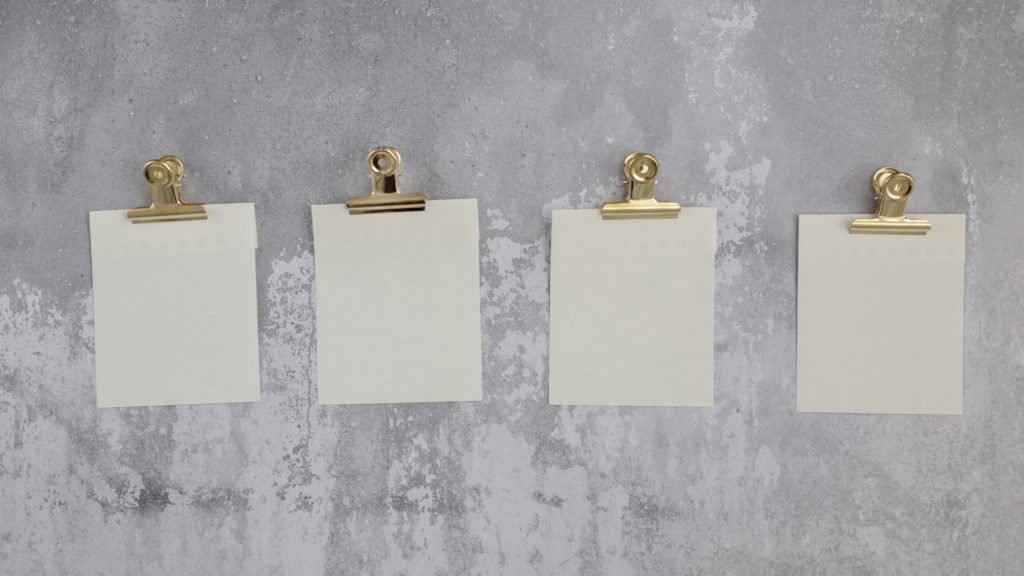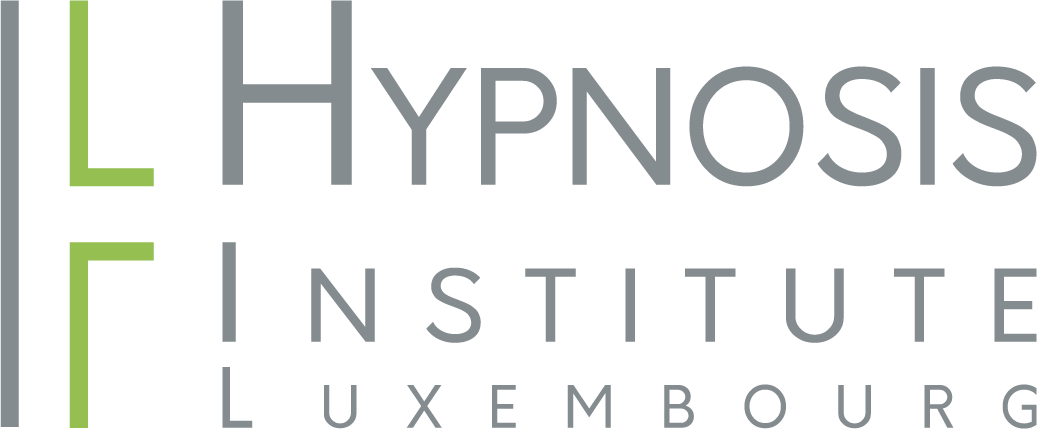Preliminary talk & anamnesis

Collecting information during the preliminary consultation
The preliminary talk takes place before the actual hypnosis process. It is not solely used to gather information about the client and their issue, but rather to establish rapport, build trust and create an optimistic attitude in the client about the possibility of change.
Taking the time necessary for the client to describe his own situation is, as we know, only his rational and conscious vision of what he thinks the problem or its cause is.
Everything he says is only a reflection of what others have told him… Previous medical or therapeutic background or environment, media, family and friends.
Often this is far from the real reason for his visit.
The trap is to make up your own interpretation, because the picture we have of it is just as wrong.
Always present the things you want as easily solvable and act as if your experience is consistent in this regard. Leave no doubt about hypnosis and your abilities!
What you should pay attention to
- Observe your client when they bring up “the problem”, their behavior and their reactions
- Ask about their sensations (where it is in the body) and the emotions associated with it
- Determine when or how long “the problem” has consciously existed
- Is there a typical or repetitive strategy?
- Identify a typical situation in which “the problem” is triggered or occurs.
- What reactions does this trigger in the client?
- What does this problem prevent him from doing (what can he not do as a result)?
- Identify people who are directly and/or indirectly involved in the “problem” (or its solution)
- Identify how the client’s environment contributes to the “problem”
- Read between the lines for beliefs
Note all these important cues to eliminate unwanted behavior or feelings during the session
Provide some structure for your client. Knowing that he may present with more than one issue, as well as all of the above issues hiding only one cause, it is necessary to keep things separate.
The use of the Life Puzzle Pro tool can be used to explain not only the workings of the conscious mind, subconscious mind and parts of the higher consciousness, but also the common strategies and human behaviors that are unfamiliar to the client.
This allows the client and the therapist or coach to channel attention more easily and not get lost in the conversation. This saves time.
It is important to make the client aware that his successful changes can also entail a change (adaptation) in his environment.
See also the question in the “Questionnaire for the client”: “What is the worst thing that could happen if you no longer have the problem?”
Clients often know exactly what they no longer want, but are unable to express positively what they really want. In many therapies or psychotherapies, it is the problem that is brought to the fore. However, it is much more beneficial to focus on the goal, the result.
“The more you pay attention to a problem, the bigger it gets!”
The preliminary discussion and anamnesis are already part of the change process. They are a method for promoting a change of vision. The more you focus on an idea, the more likely it is that it will become reality.
The preliminary meeting should never last longer than 60-90 minutes.
Pacing: Allow your client the necessary time to address their topic.
Leading: Move on to the LifePuzzlePro as quickly as possible.
Sometimes it happens that during this conversation some people go straight into an abreaction, so it is necessary to follow up immediately and take advantage of the emotion present to apply a technique such as regression…
Anamnesis – collecting information
Information about the client and their topic can be gathered before the preliminary meeting.
This makes it possible:
- Save time for the meeting
- to already have an initial overview of the topic(s) to be discussed
- the client states their current situation
- the client imagines the desired results and is already doing internal work
- the client takes responsibility
- it is proof of professionalism
- it strengthens the rapport
An example of a questionnaire which is automatically sent to the client by e-mail when an appointment is requested and can be completed and returned by the client can be found here:
